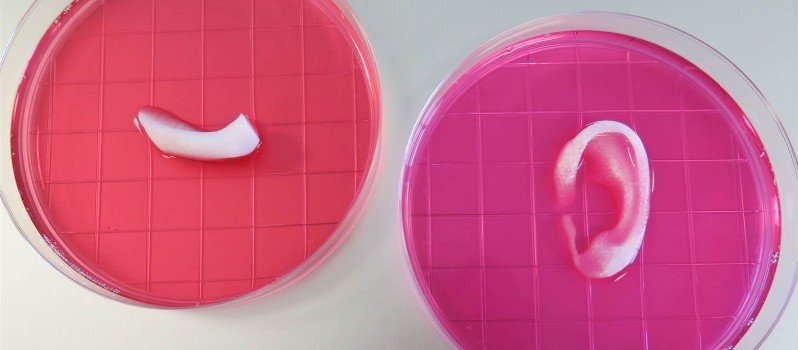There has been a big breakthrough in the medical field. A team of researchers from Wake Forest Institute for Regenerative Medicine (WFIRM) in North Carolina has created a 3D bioprinter that is capable of printing living tissue structures such as bones and organs. The scientists have so far printed a jaw bone, muscle tissue, cartilage structures, and a human ear.
Bioprinters are similar to conventional 3D printers. However, bioprinters use special bio-materials that closely resemble functional, living tissue.
The organs printed by bioprinters are basically ‘alive’. They are special structures that allow nutrients to penetrate the tissue, permitting the growth of human cells around them and facilitate connections.
Senior study author Dr. Anthony Atala from the Wake Forest Institute said, “It can fabricate stable, human-scale tissue of any shape. With further development, this technology could potentially be used to print living tissue and organ structures for surgical implantation.”
The 3D printed organs produced are being tested on animals with great success.
In experiments, scientists obtained accurate 3D models of body parts using CT and MRI scans. They implanted a baby-sized ear in a mouse. After two months, attached parts matured into functional tissue… both cartilage tissue and blood vessels formed in the ear.
Dr. Anthony Atala told the BBC News website: “Let’s say a patient presented with an injury to their jaw bone and there’s a segment missing. We’d bring the patient in, do the imaging and then we would take the imaging data and transfer it through our software to drive the printer to create a piece of jawbone that would fit precisely in the patient.”








